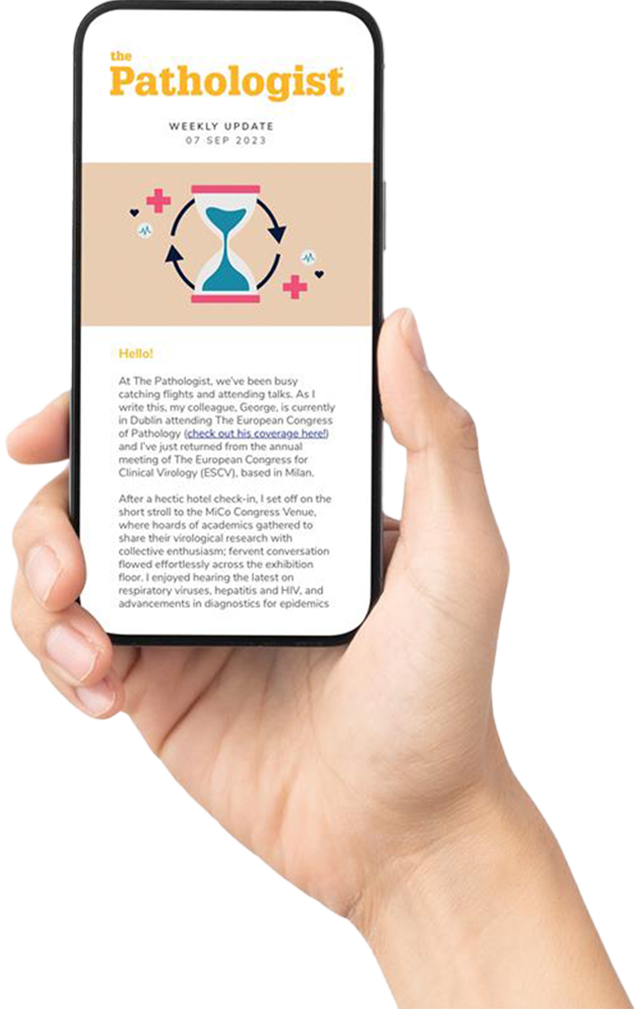
Sometimes working with data can feel a little daunting. However, those of us who work in pathology and laboratory medicine work with data sets – whether they’re patient results or weekly test throughputs – on a daily basis. We can’t afford to be daunted by the staggering amount of data a laboratory produces each year. We also don’t have the luxury of saying, “I’m not sure; this is why I’m not sure; and this is roughly how not sure I am.” We have to be as close to perfect as we possibly can 24 hours a day, seven days a week, 365 days a year. How can we make immense amounts of information useful to us? How can we use this data to improve our laboratories? And how can we be sure that we’re measuring up to our peers? In a word: benchmarking. “Benchmarking” is a term is used to describe a variety of scenarios: comparing test volumes across departments, capturing the time from specimen receipt to reported results, comparing your gross revenue with other laboratories in the area, or determining if Lean manufacturing principles can be translated to a histology department. It boils down to accurately recording what you’re doing, comparing those measurements with something similar, and using the results to find ways to improve.
Or not. Maybe we’re all perfect and we don’t ever have to change or do anything different. You should be scoffing at that previous sentence, because benchmarking is an opportunity to shine an objective light on our processes and find ways to make them better. Let’s use STAT turnaround times as an example. If you’ve set a goal to have all specimens marked STAT completed within an hour of receipt, but you run the numbers for the past year and discover you’re hitting that goal for only 75 percent of specimens, it’s not the time to despair. It’s certainly not the time to berate your staff or shift the blame to other departments or hospital processes. Try and look at that number for what it is: an opportunity to study the entire process, see where the lag times are, and create solutions. Once you have a deeper understanding of the problem, you’re better equipped to fix it. Another aspect of this process is making sure we’re meeting the same industry standards as our peers. For instance, knowing the reporting guidelines for colorectal cancer resections is the first step to meeting that standard. In other industries, this sort of comparison can be seen as a competition. Laboratory medicine and pathology are unique in that, although we might be business competitors with another laboratory, our collective objective is excellent patient care. Peer analysis is less a function of “can we beat them” but “how can all involved parties be sure we’re providing the very best care for patients in our community?” So-called competitive benchmarking, in this instance, could be called community benchmarking, and it’s just one more opportunity to improve. Benchmarking can be an overwhelming task from start to finish, but keep in mind the reason you’re doing it: to improve your laboratory so that it can provide excellent care to patients every single hour of every day of every year.
